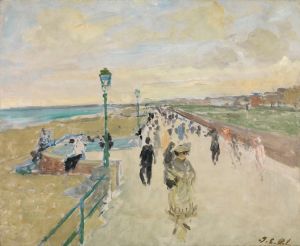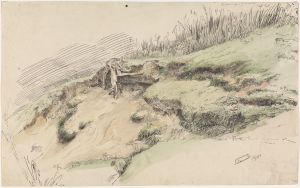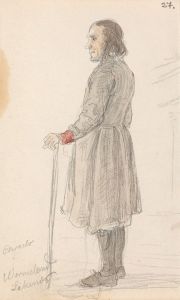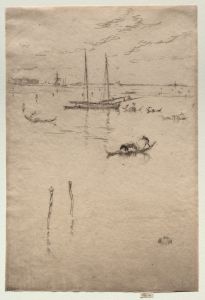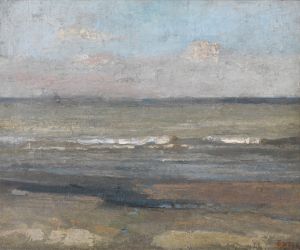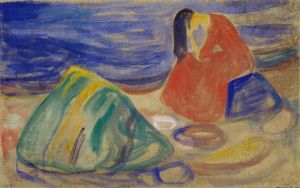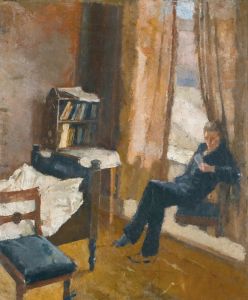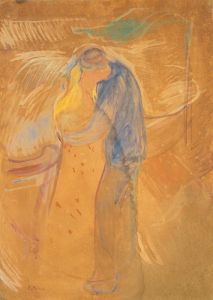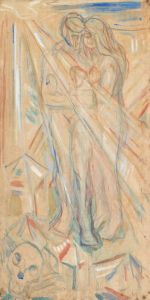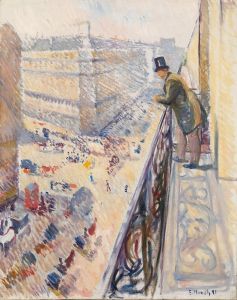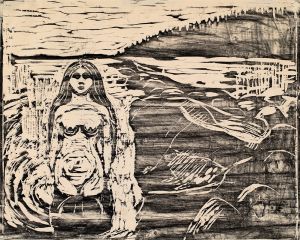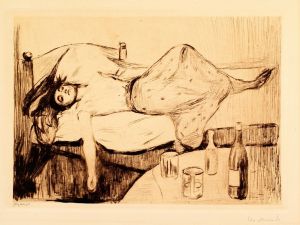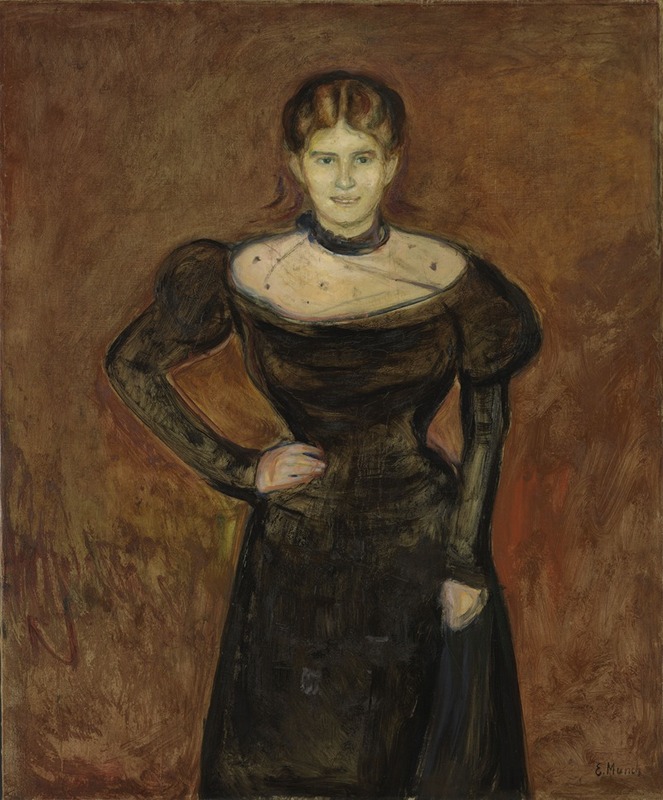
Aase Nørregaard
A hand-painted replica of Edvard Munch’s masterpiece Aase Nørregaard, meticulously crafted by professional artists to capture the true essence of the original. Each piece is created with museum-quality canvas and rare mineral pigments, carefully painted by experienced artists with delicate brushstrokes and rich, layered colors to perfectly recreate the texture of the original artwork. Unlike machine-printed reproductions, this hand-painted version brings the painting to life, infused with the artist’s emotions and skill in every stroke. Whether for personal collection or home decoration, it instantly elevates the artistic atmosphere of any space.
"Aase Nørregaard" is a painting by the renowned Norwegian artist Edvard Munch. This artwork is a portrait of Aase Nørregaard, a woman who was part of Munch's social circle. Edvard Munch, born on December 12, 1863, in Loten, Norway, is best known for his iconic work "The Scream," but his oeuvre includes a wide range of portraits, landscapes, and symbolic compositions.
The portrait of Aase Nørregaard is an example of Munch's ability to capture the psychological depth and emotional intensity of his subjects. Munch's style is characterized by its bold use of color, expressive brushwork, and a focus on the inner life of his subjects. This painting is no exception, as it reflects Munch's interest in exploring themes of existential angst, human emotion, and the complexities of personal relationships.
Aase Nørregaard was a contemporary of Munch and part of the bohemian circles in Kristiania (now Oslo), where Munch spent much of his early career. The exact date of the painting is not definitively known, but it is believed to have been created during the late 19th or early 20th century, a period when Munch was developing his distinctive style and gaining recognition in the art world.
In the portrait, Munch employs his characteristic use of vivid colors and dynamic composition to convey the personality and mood of Aase Nørregaard. The background is often simplified, focusing attention on the subject's face and expression. This technique allows Munch to delve into the psychological aspects of his sitter, a hallmark of his portrait work.
Munch's portraits often go beyond mere physical likeness to explore the inner life of his subjects. In "Aase Nørregaard," this approach is evident in the way he captures her gaze and demeanor, suggesting a depth of character and emotional complexity. The painting reflects Munch's broader interest in themes of love, anxiety, and the human condition, which are recurrent motifs throughout his body of work.
Edvard Munch's influence on modern art is significant, and his innovative approach to portraiture has inspired countless artists. His ability to convey the psychological and emotional states of his subjects set him apart from many of his contemporaries and established him as a pioneer of Expressionism.
The painting of Aase Nørregaard is part of Munch's extensive portfolio, which includes numerous portraits of friends, family members, and acquaintances. Each portrait provides insight into Munch's evolving style and his ongoing exploration of human psychology and emotion.
Today, Edvard Munch's works are celebrated worldwide, and his paintings are housed in major museums and collections. The portrait of Aase Nørregaard, like many of Munch's works, continues to be studied and admired for its artistic and emotional depth.
In summary, "Aase Nørregaard" by Edvard Munch is a significant work that exemplifies the artist's skill in capturing the psychological essence of his subjects. Through his use of color, composition, and expressive brushwork, Munch creates a portrait that goes beyond mere representation to explore the inner life of Aase Nørregaard, reflecting his broader themes of human emotion and existential inquiry.





